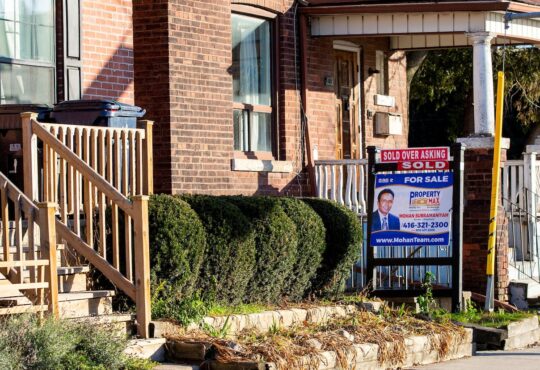
“Without more unexpected negative shocks, strong rental demand and strong lending standards could mean the buy-to-let sector emerges from last year’s downturn sooner than previously expected.”
– James Tatch, head of analytics at UK Finance
The volume of lending for buy-to-let house purchases fell by more than half over the course of 2023, with the number of new loans falling from 25,280 in Q4 2022 to just 12,422 in the first quarter of 2024.
UK Finance has released its latest buy-to-let update for Q1 2024, which outlines how rapidly rising interest rates played a major role in this trend, making it harder for those looking to buy a buy-to-let property to pass lenders’ affordability tests.
As a result, the buy-to-let mortgage market shrank for the first time, from 2.039 million outstanding buy-to-let mortgages in Q1 2023 to 1.98 million in Q1 2024.
The stamp duty surcharge on second and subsequent properties, which came into force in 2016, and the progressive removal of higher-rate income tax relief on mortgage payments for rental properties, have also made being a buy-to-let landlord more challenging and less attractive, UK Finance says.
Profitability
Despite rents increasing, the rising costs of being a landlord means that it’s not as profitable as it once was. In Q1 2018, the average interest cover ratio was 342%, however this has fallen to 191% by Q1 2024.
Company vs single-property landlords
The tax changes in 2016 and 2017, which have contributed to the market slowdown, have also led to more buy-to-let landlords setting up within a company structure.
These mortgages still represent just 10% of buy-to-let mortgages, but more and more new and existing landlords are choosing to set up in this way. As the challenges facing buy-to-let landlords remain, this trend is likely to continue.
However, one in three buy-to-let mortgages are still held by landlords who own just one rental property and most of these landlords are not set up as a company.
These landlords have been much more likely to struggle with higher interest rates because they can’t use a wider property portfolio to square their higher costs.
Fixed versus variable rates
Most buy-to-let borrowers continue to choose fixed rate mortgages, with 90% of new lending during the past two years being done on a fixed rate basis.
However, when compared with the residential sector, a larger proportion of buy-to-let mortgages are on variable rates.
This has contributed to proportionally more buy-to-let mortgage holders falling into arrears, although the total number of buy-to-let mortgages in arrears remain low.
Buy-to-let arrears
At the end of the first quarter of this year, 13,570 of the 1.98 million outstanding buy-to-let mortgages were in arrears.
While this is a 93% increase on the same quarter a year ago, it’s still just 0.68% of all buy-to-let mortgages and the number hasn’t increased since the last quarter of last year.
The proportion of buy-to-let mortgages in arrears has risen more than among residential mortgage holders because most buy-to-let mortgages are interest-only. As such, they’re more affected by higher interest rates.
There were also 600 buy-to-let possessions during the first quarter of this year, compared with 430 in the same quarter a year ago. While this is a 40% increase, it’s still below the number before the pandemic.
UK Finance says the increases it is seeing are mainly due to the number or possessions cases being seen by the courts returning to normal levels, following the disruption of the pandemic years.
James Tatch, head of analytics at UK Finance, said: “A flexible and well-run private rental sector is an essential part of the housing market. Landlords face a number of challenges, from changing regulations to rising interest rates, but have shown resilience.
“However, given the new government is committed to abolishing Section 21 ‘no fault’ eviction notices, it must make sure that responsible landlords have other options for when they have legitimate reasons to take their property back.
“Without more unexpected negative shocks, strong rental demand and strong lending standards could mean the buy-to-let sector emerges from last year’s downturn sooner than previously expected. Also, that further rises in arrears are limited.”





